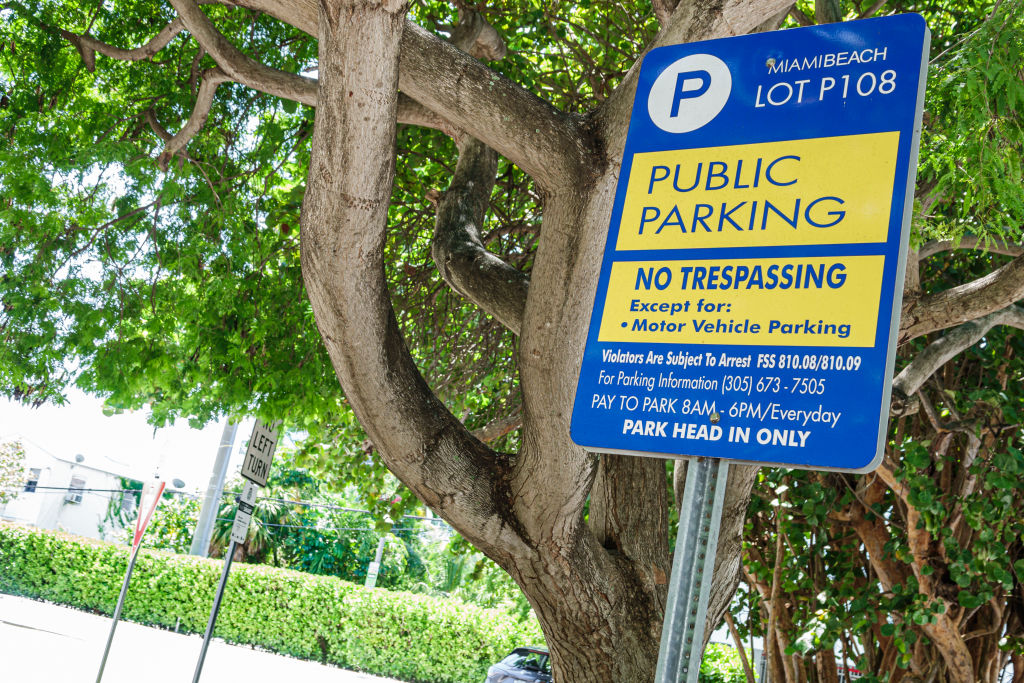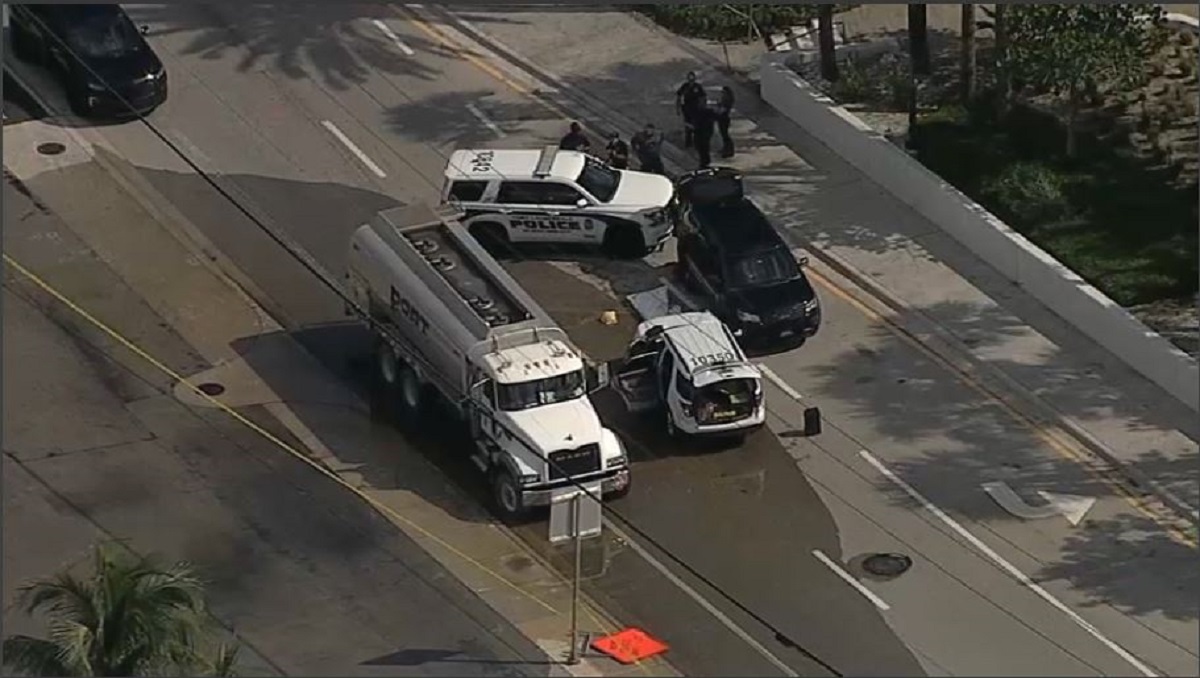Accidents where a car slides beneath a truck or trailer are called underride crashes and they happen way too often. The federal government is trying to stop them from happening — but some say more still has to be done.
Marianne Karth vividly remembers the moment when she lost her two daughters in an underride crash while driving in Georgia in 2013.
“We came upon a traffic backup. I slowed down. A truck driver did not," she said. "He hit our car and it spun us around, and so we went backward into the back of another tractor-trailer, where the back of our car hit the rear-end rear guard and came right off, and the back of our car went under the tractor-trailer."
Her two daughters died. She and her son survived as their part of the car did not slide under the truck.
The Hurricane season is on. Our meteorologists are ready. Sign up for the NBC 6 Weather newsletter to get the latest forecast in your inbox.
“Anna Leah and Mary were sitting in the backseat," Karth said. "Anna Leigh died instantly, and Mary a few days later from her injuries."
A crash test video from the Insurance Institute for Highway Safety shows the difference in crash results when a truck has an improved rear underride guard and when a truck doesn’t.
There has been a federal standard for rear underride guards on trucks since 1998 – but IIHS proved it was too weak.
Local
In 2022, the National Highway Traffic Safety Administration passed new rules requiring rear impact guards on trailers and semi-trailers with enough strength to protect drivers in passenger cars.
“I wish that somebody had made changes long before 2013 when our car hit a trailer and it took my daughters’ lives." Karth said.
Back in December, NBC6 reported on a case where a driver had serious injuries after crashing into a tractor-trailer on I-75.
According to the National Highway Traffic Safety Administration, their data from 2021 shows that more than 400 people died in underride crashes nationwide.
Karth said the recent rule should go even further to prevent underride crashes by having guards all across the back of the trailer without any gaps on the side.
The NHTSA said rear underride guards are about 85% effective in preventing serious injuries in crashes at speeds of 64 mph or less.
Meanwhile, Karth said she will keep fighting for more protections around trucks.
“We’ve seen the difference between with and without stronger protection, so we know it’s possible," Karth said. "I can’t just sit by and see nothing being done to stop families continuing year after year to lose loved ones when it’s preventable."
Matthew Mickenberg has been a truck driver for 35 years. He said people need to be responsible around trucks but said there is a need for more rear underride protections on trucks and tractor-trailers.
“It certainly doesn’t hurt," Mickenberg said. "Any more protection that you can have is a really good thing."
He’s seen the effectiveness of rear underride guards when someone hit the back of his truck a few years ago.
“I had a pretty significant accident several years back where somebody slammed into the rear of me with a 25 mile differential in speed and destroyed his car," he said. "It kept him from going underneath for sure and did not do much damage at all to my rear bumper."
Mickenberg said he welcomes more protections but talked about the logistical challenges.
“From the landing gear to the front of the back tandems the rear wheels of the trailer, I’m assuming that’s about a 25-foot gap there on a 53-foot trailer that’s unprotected," he said. "So I know the government is working on trying to mandate that and figure out how they’re going to build that, but in the end, effectively, who’s going to pay for it.”
Karth said she and her son survived the crash in 2013 because the part of the car they were in did no go under the truck.
“That’s where the problem is because the bottom of a truck is up higher than the bumpers of all passenger vehicles, so that when there’s a collision, the car easily slides under," she said.
Over the past decade, Karth has turned her pain into action advocating for more underride guards. She said the new federal rules are not enough.
“The new rule allows the manufacturer to keep selling trailers with a too-weak guard," she said.
In the United States, over 40,000 people die in roadway crashes every year from all causes, according to the National Transportation Safety Board.
“The total fatalities is smaller when we’re talking about the protections from a rear underride guard or side underride guards," said Kristin Poland, the deputy director of the Office of Highway Safety at the NTSB.
The office conducts safety studies and have advocated for the implementation of stiffer changes to underride protections.
“I think the part that is the most disturbing part of it is that we can have a passenger vehicle that has the greatest safety systems on it, and we can still have a fatality because of this incompatibility between the rear side of a truck or tractor trailer and this well-designed energy absorbing crashworthy vehicle that makes it five stars," Poland said. "So how are we going to try and prevent those fatalities? We need to do more.”
Last year, the NHTSA published an advanced notice of proposed rule-making with a cost-benefit analysis of side underride guards on trucks. But currently there are no federal requirements for side underride guards in the U.S.
Truck drivers have until June of this year to comply with the new rear underride guard rules or they could face hefty fines.



